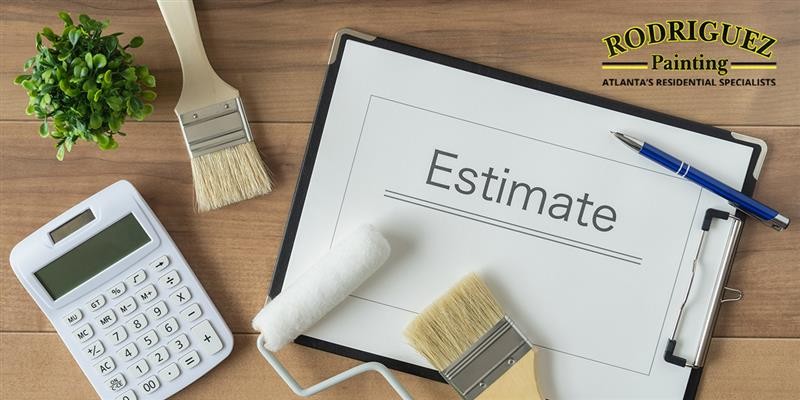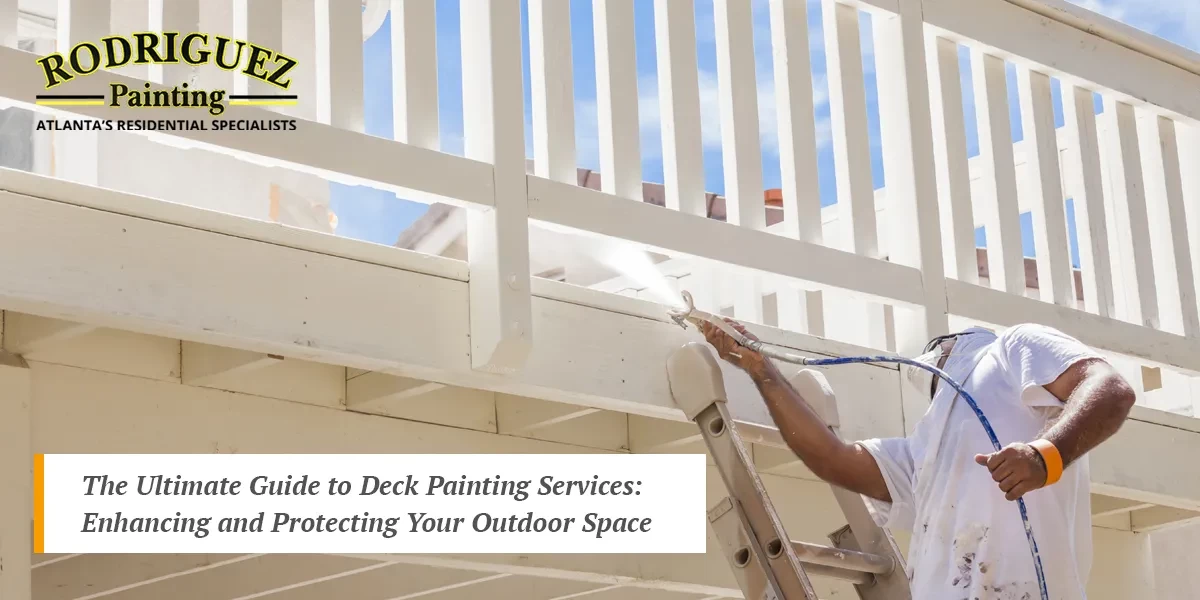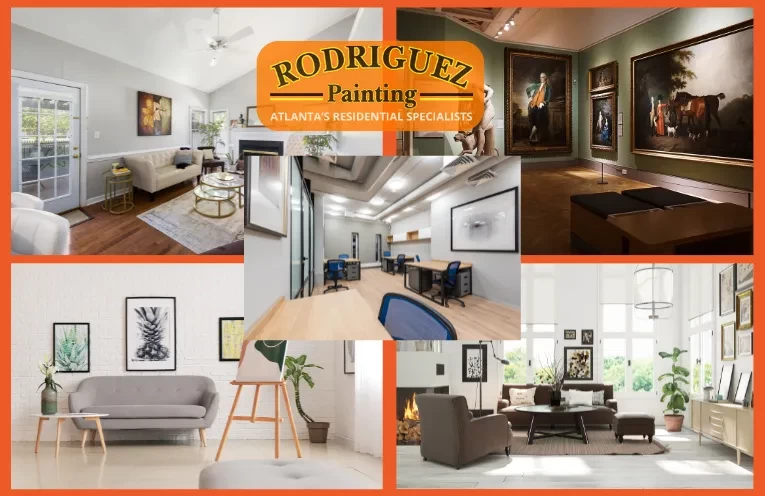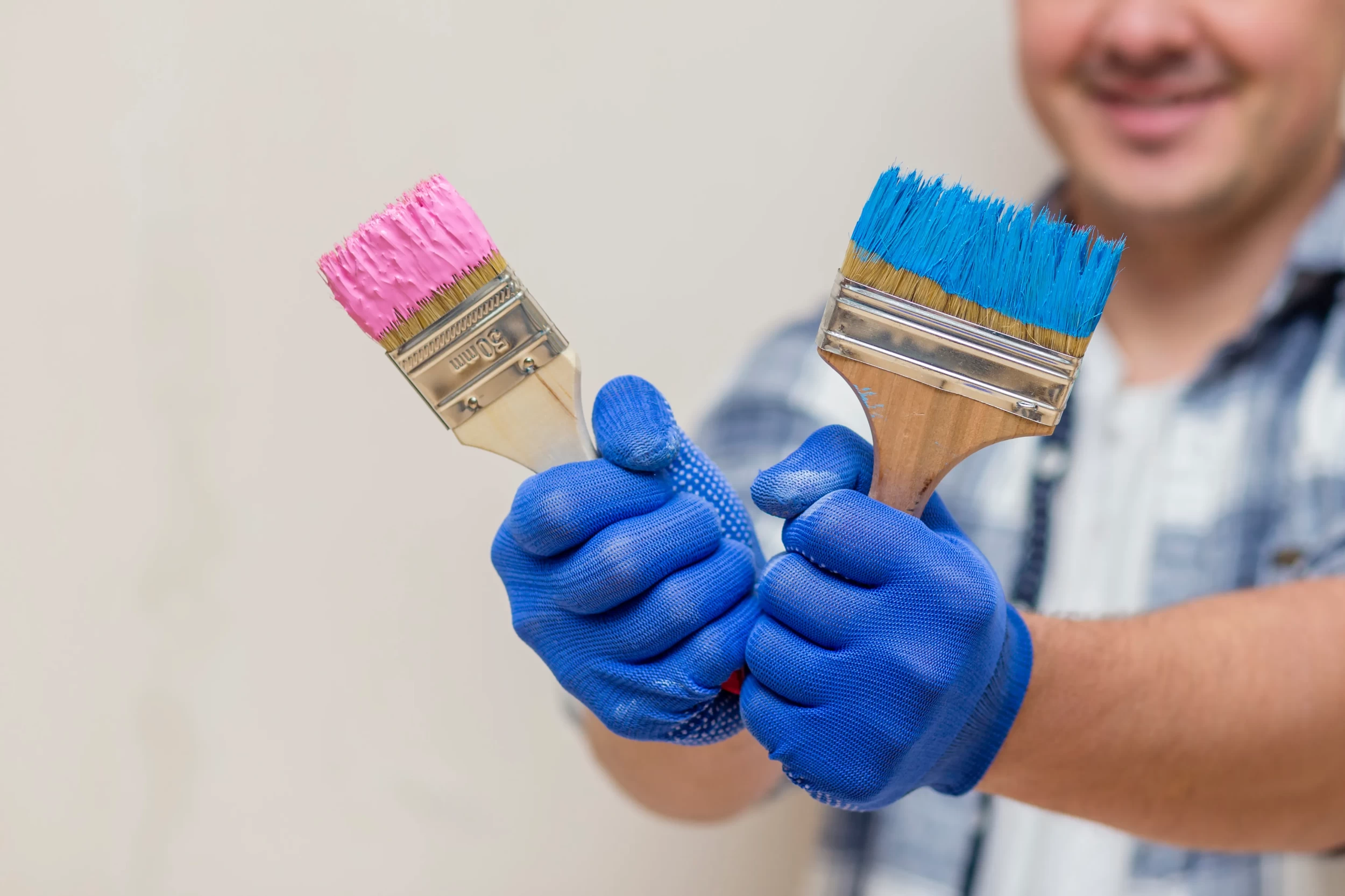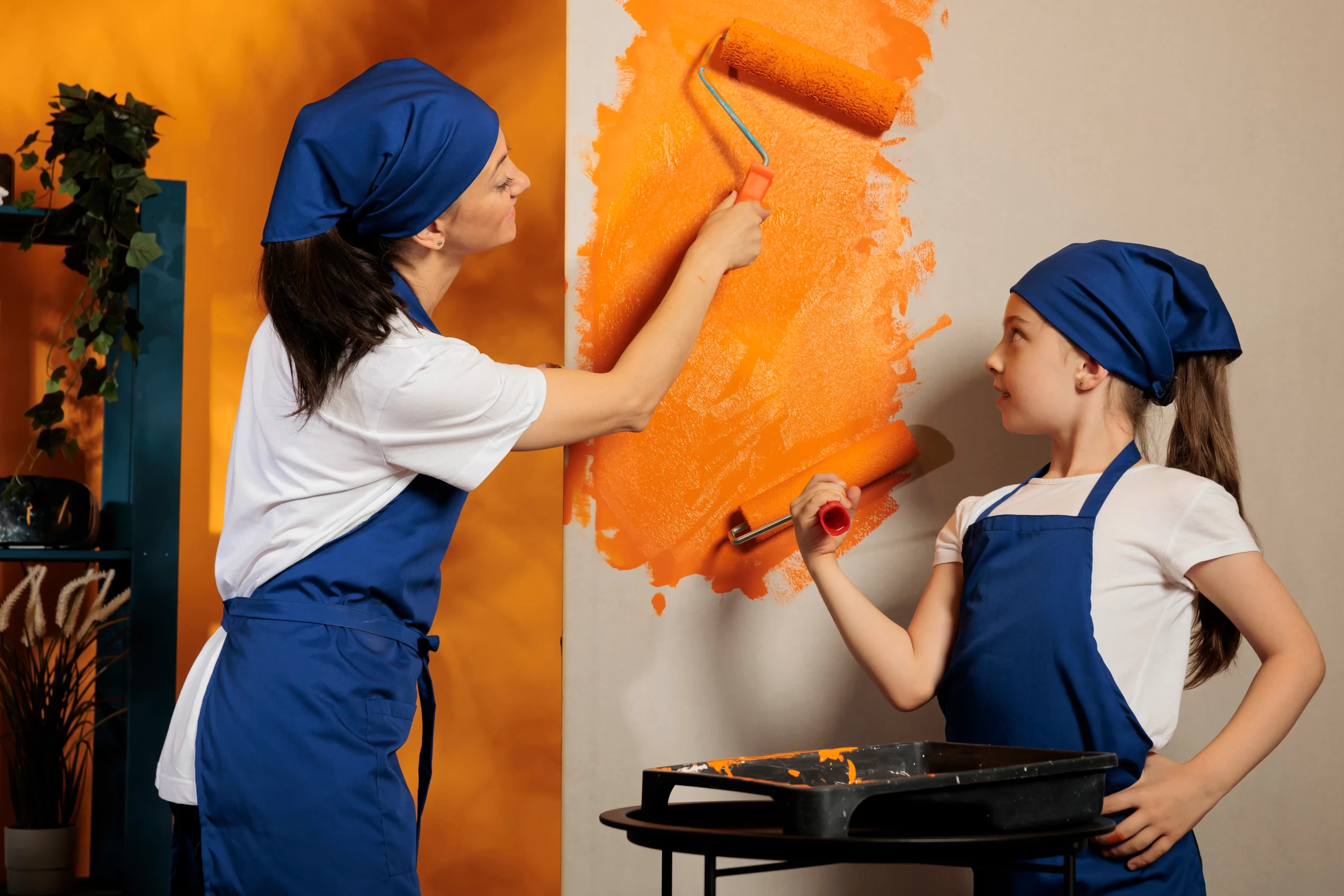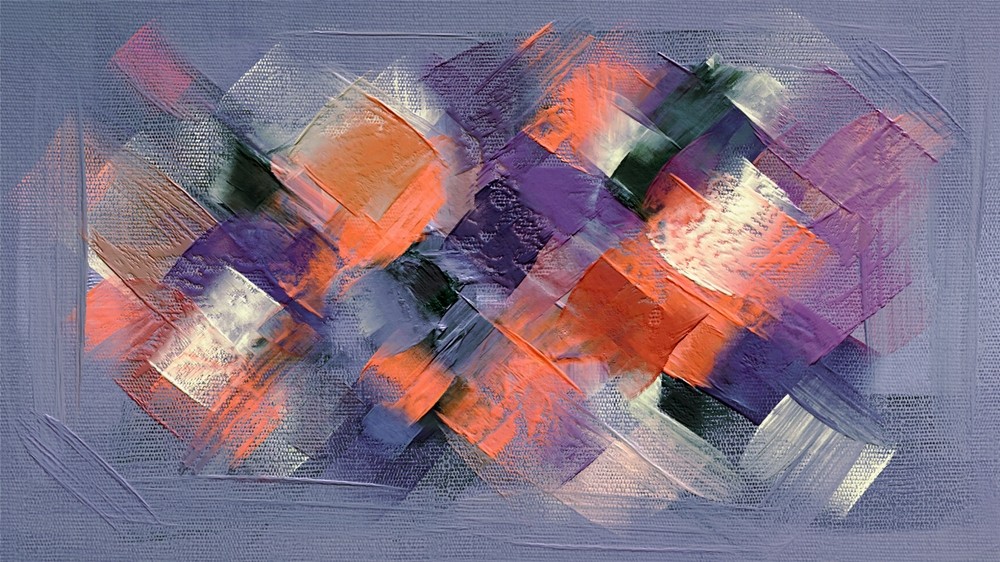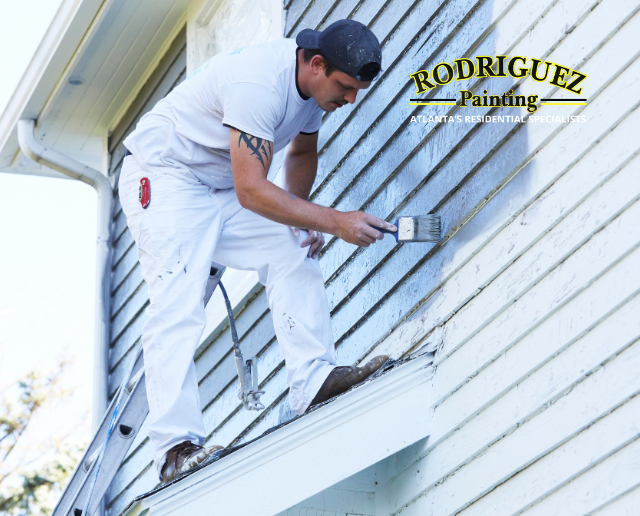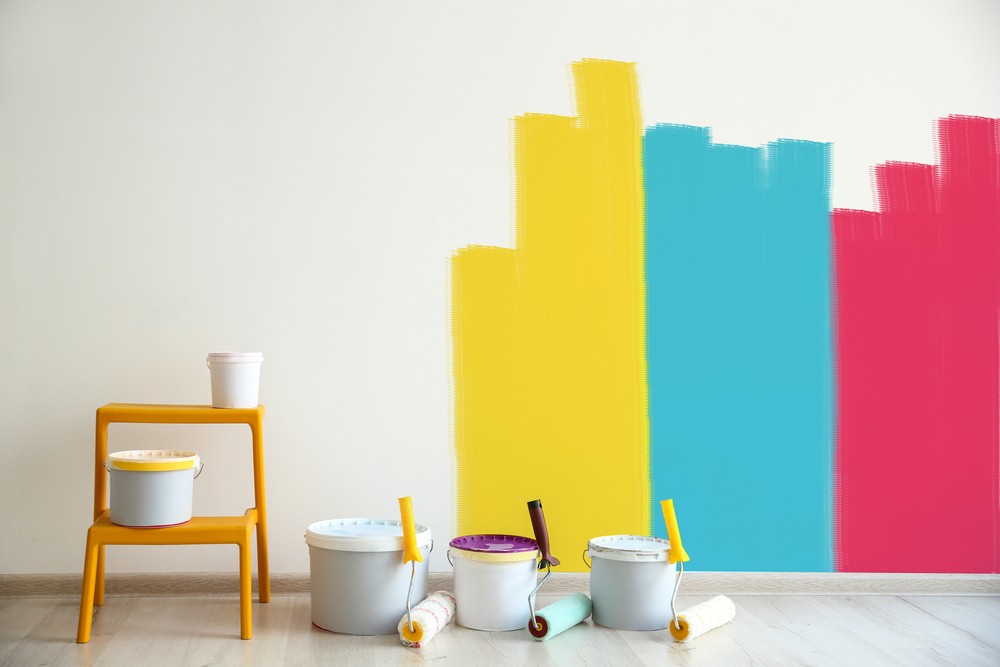
When it comes to dining out, it's not just about the food anymore. The ambiance, design, and aesthetics of a restaurant can significantly influence our dining experience. Have you ever been captivated by the environment of a restaurant? Have you chosen to dine in a place because of its unique décor, lighting, and overall atmosphere? The role of paint, wallpaper, and flooring in restaurants is nothing short of crucial. These elements don't merely serve as background features; they are integral to creating a memorable and inviting dining space.
In this guide, we will explore the world of restaurant design and how choices in paint, wallpaper, and flooring can impact the overall ambiance. We'll delve into the psychology of colors, providing insights into how different hues can affect mood and appetite. Additionally, we will offer color palettes tailored to various restaurant themes, from casual to fine dining. If you are also interested in exploring the topic of flooring, follow this link.
Paint Colors: Which One To Choose?
The choice of paint color in a restaurant can have a profound impact on the mood and appetite of diners. Let's explore the psychology behind different colors:
Red
Often associated with passion and excitement, red can stimulate appetite and create a sense of urgency. It's a bold choice for restaurants seeking to energize their guests. For instance, renowned fast-food chains like McDonald's and KFC use red in their branding to encourage a sense of excitement and quick dining.
Blue
Calm, serene, and often associated with trust, blue is an excellent choice for establishments aiming to create a relaxing and dependable atmosphere. Seafood restaurants frequently incorporate shades of blue to evoke a sense of the ocean and tranquility.
Green
Green represents freshness, health, and nature. It's an ideal choice for restaurants focusing on organic or vegetarian cuisine. Many salad and vegan restaurants incorporate shades of green to align with their offerings and promote a healthy dining experience.
Yellow
Bright and cheerful, yellow is known to stimulate happiness and optimism. It's a great choice for casual dining establishments, such as cafes and brunch spots. Popular coffee chains like Starbucks use yellow accents to create a welcoming and cheerful atmosphere.
Color Palettes for Various Restaurant Themes
Choosing the right color palette depends on the theme and concept of your restaurant.
- For a laid-back and comfortable atmosphere, consider warm earthy tones like beige, terracotta, and olive green. These colors create a cozy environment that encourages guests to relax and enjoy their meal.
- For upscale dining experiences, opt for sophisticated colors like deep burgundy, rich navy, or elegant shades of gray. These colors convey a sense of luxury and refinement, setting the stage for an exquisite culinary journey.
- Restaurants specializing in specific cuisines, such as Italian or Mexican, can use colors that reflect the culture. For example, Italian restaurants often feature warm reds, oranges, and yellows reminiscent of Mediterranean landscapes. It is noteworthy that red, orange, and yellows often invoke a feeling of hunger. Restaurants play well with this tactic.
This is just the tip of the iceberg. If you are interested in learning more about colors and contacting professionals, then follow this link.
Types of Paint: Choosing the Right Finish for Your Restaurant
Selecting the appropriate paint finish for your restaurant is a critical decision that can greatly affect the overall look and feel of your establishment. Each type of paint finish has its own set of benefits and drawbacks, which must be considered based on factors like durability, maintenance, and lighting conditions within the restaurant. In this section, we will explore the most common paint finishes and provide recommendations for brands suitable for high-traffic areas.
Flat Finish
Flat finishes have the least shine among all paint finishes, offering a matte appearance ideal for creating a sophisticated and elegant ambiance in restaurants. They excel at concealing surface imperfections, making them suitable for older or less-than-perfect walls. Additionally, flat finishes minimize glare and reflection, creating a soothing atmosphere, particularly in areas with abundant natural light. However, they are less durable than other finishes, making them vulnerable to scuffs and stains. As a result, they are not recommended for high-traffic areas or places prone to moisture. A recommended option is Benjamin Moore Aura Interior Paint in Matte Finish, known for its durability and color retention, despite not being a traditional flat finish. It provides a matte appearance while offering improved washability.
Satin Finish
Satin finishes strike a balance between matte and glossy, featuring a subtle sheen that adds depth to restaurant walls without excessive reflection. Their durability makes them suitable for moderate to high-traffic areas. Additionally, satin finishes are relatively easy to clean, and capable of withstanding mild scrubbing and cleaning agents. However, they may still reveal minor wall imperfections compared to flat finishes, and the slight sheen can reflect light unevenly, potentially highlighting flaws in wall surfaces. A recommended choice is Sherwin-Williams SuperPaint Interior Acrylic Latex in Satin Finish, renowned for its durability and pleasing sheen while remaining relatively easy to maintain.
Eggshell Finish
Eggshell finishes provide a soft, subtle sheen that adds warmth and depth to restaurant walls without being overly reflective. They strike a balance between durability and sheen, making them suitable for moderately busy restaurant areas. Moreover, eggshell finishes are easier to clean compared to flat paints, as they can handle light scrubbing and cleaning agents. However, like satin finishes, they may still reveal minor wall imperfections, and their level of sheen may not meet the desires of those seeking a glossier appearance. A recommended choice for this finish is Behr Premium Plus Ultra Interior Paint & Primer in One in Eggshell Enamel. Known for its durability and ease of maintenance, it's a solid option for restaurants aiming for a subtle sheen and resistance to wear and tear.


